Ultrasound Technologies PD1 series User manual
Other Ultrasound Technologies Medical Equipment manuals
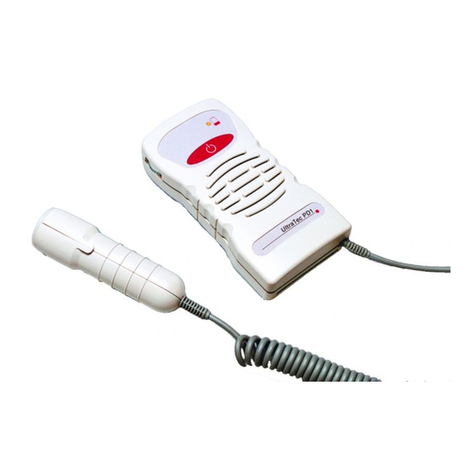
Ultrasound Technologies
Ultrasound Technologies PD1 series User manual
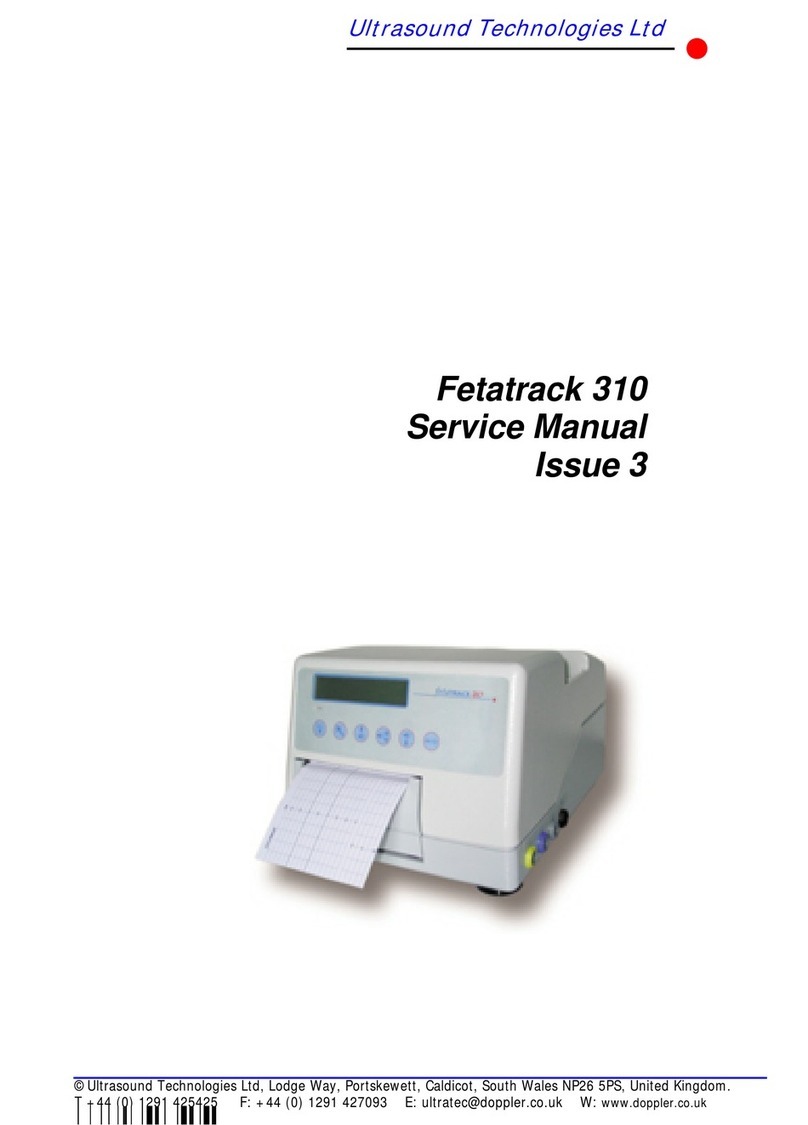
Ultrasound Technologies
Ultrasound Technologies Fetatrack 310 User manual
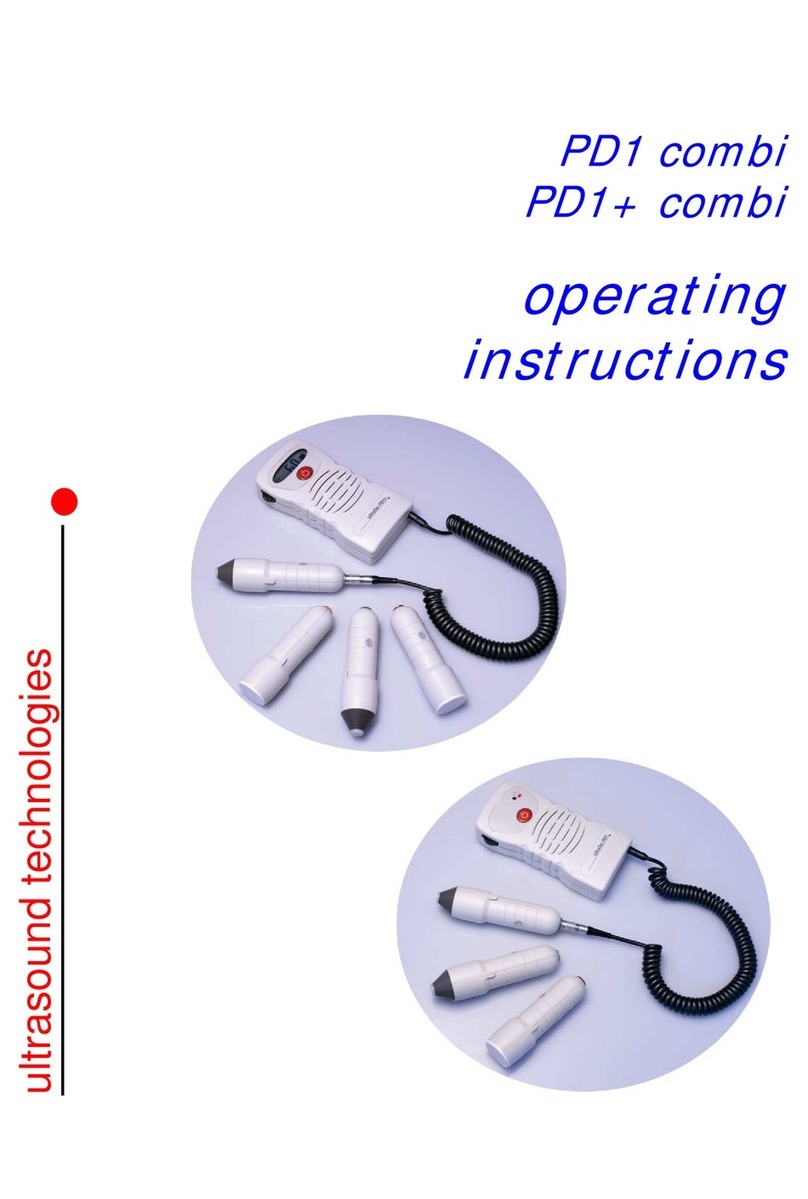
Ultrasound Technologies
Ultrasound Technologies PD1+ combi User manual
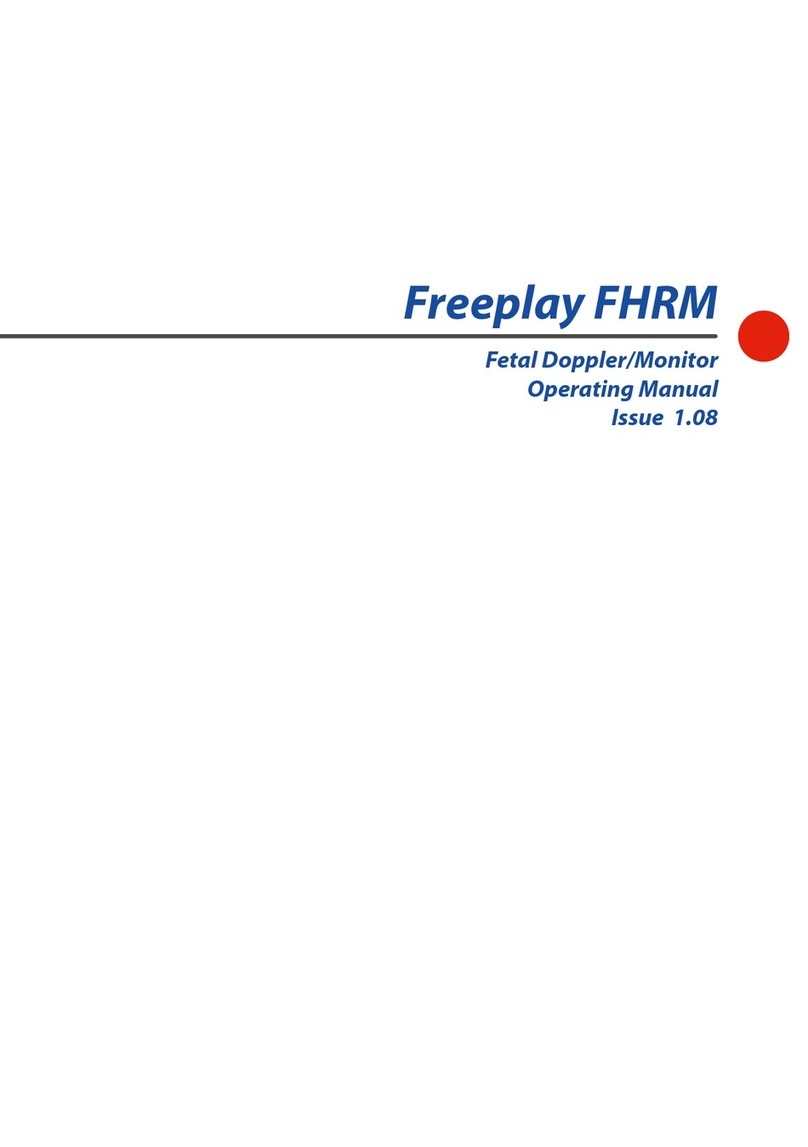
Ultrasound Technologies
Ultrasound Technologies Freeplay FHRM User manual
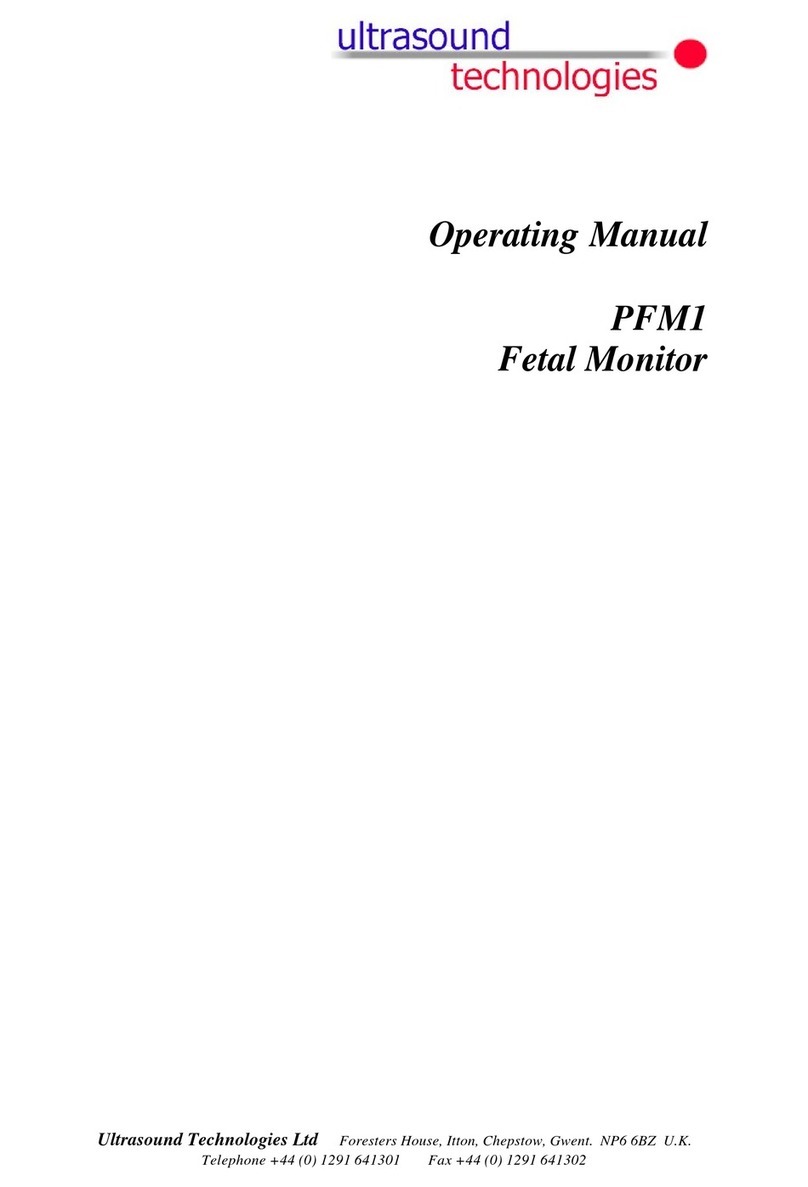
Ultrasound Technologies
Ultrasound Technologies PFM1 User manual
Popular Medical Equipment manuals by other brands

Getinge
Getinge Arjohuntleigh Nimbus 3 Professional Instructions for use

Mettler Electronics
Mettler Electronics Sonicator 730 Maintenance manual

Pressalit Care
Pressalit Care R1100 Mounting instruction

Denas MS
Denas MS DENAS-T operating manual

bort medical
bort medical ActiveColor quick guide

AccuVein
AccuVein AV400 user manual





















